Your first steps into the world of multi-sport/adventure racing may be daunting but fear not. I will admit when I first decided I was going to give it a go, I was intimidated, not least by the race itself, the training involved to get me up to speed but from a financial side of things. What I thought was going to be an expensive “experiment” in the end wasn’t.
With a little bit of research, and some patience, I made my first outing a cheap one. I didn’t rush into the first sports mega-store with all the big bright fancy labels and splurge. I took a deep breath and walked right past them. The majority of clothing I got in the Lidl’s/Aldi’s of this world i.e. compression trousers, cycle shorts, high-vis running jacket, hat/snood etc. I still use some of those to this day.
Where I did splash out was on my trail runners. I figured that out of all my running equipment, these were the most important. I believe it made a world of a difference. I originally had a pair of road runners but found as I began to train in more varied terrain environments, not being the most coordinated of people, I began to slip and slide and before the inevitable, I went down to a specialist running vendor where they actually put you on a machine, test your running technique and match the correct trainer for you. By the way, this service is free and is becoming more and more common place. I’d recommend “Amphibian King – http://www.amphibianking.ie/”. They have a couple of branches around.
The other area I splashed out on was on my bike but thanks to the Bike to Work scheme the financial outlay was cushioned somewhat. A direct quote from the site…
“Bike to Work Scheme. Using the Bike to Work scheme, your employer can help you obtain a brand new bike and safety equipment worth up to 1,000 euro. You can use a salary sacrifice arrangement to pay for the bike monthly and that means you can save up to 51% of the retail price of bike and equipment.”
For more information, Check out. https://www.biketowork.ie/. There is a handy calculator there, to let you know what you can save.
As we mo ve from winter to spring, you will notice that all of outdoor equipment shops have massive sales on, so why not use this opportunity to get your equipment.
ve from winter to spring, you will notice that all of outdoor equipment shops have massive sales on, so why not use this opportunity to get your equipment.
There is a comprehensive list of equipment of what you will need to get you started below.
At first, it may seem quite large but as you get into your training, you will notice that some of the equipment is not applicable to you or you possibly already have it. Also as we leave the winter and the days’ start getting brighter and warmer, some of the equipment is not applicable anymore.
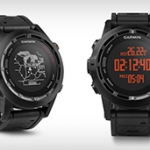 Using a little bit of research, I also acquired a lovely Garmin GPS watch for about one third the original p
Using a little bit of research, I also acquired a lovely Garmin GPS watch for about one third the original p
rice. How? Simple, waited for the newer model to come out and the price of “old” stock dropped dramatically. A great watch which does everything I need. 🙂
I will be advertising early bird entrant discounts to the races themselves. See the event guide for those… http://www.kayathlon.ie/events. I will be adding a dedicated discounts section shortly to the site.
After doing my first race, I got “the race bug” and was hooked and have since invested in some more durable, longer lasting equipment, safe in the knowledge that I would be using the gear over and over again. You can make that decision after you cross that line but I’m sure it will be the same for you.
So, all in all, this can be expensive game to get into, but using your head, it doesn’t have to be. I plan to review/recommend the list of equipment soon, helping you get to the line for the cheaper.
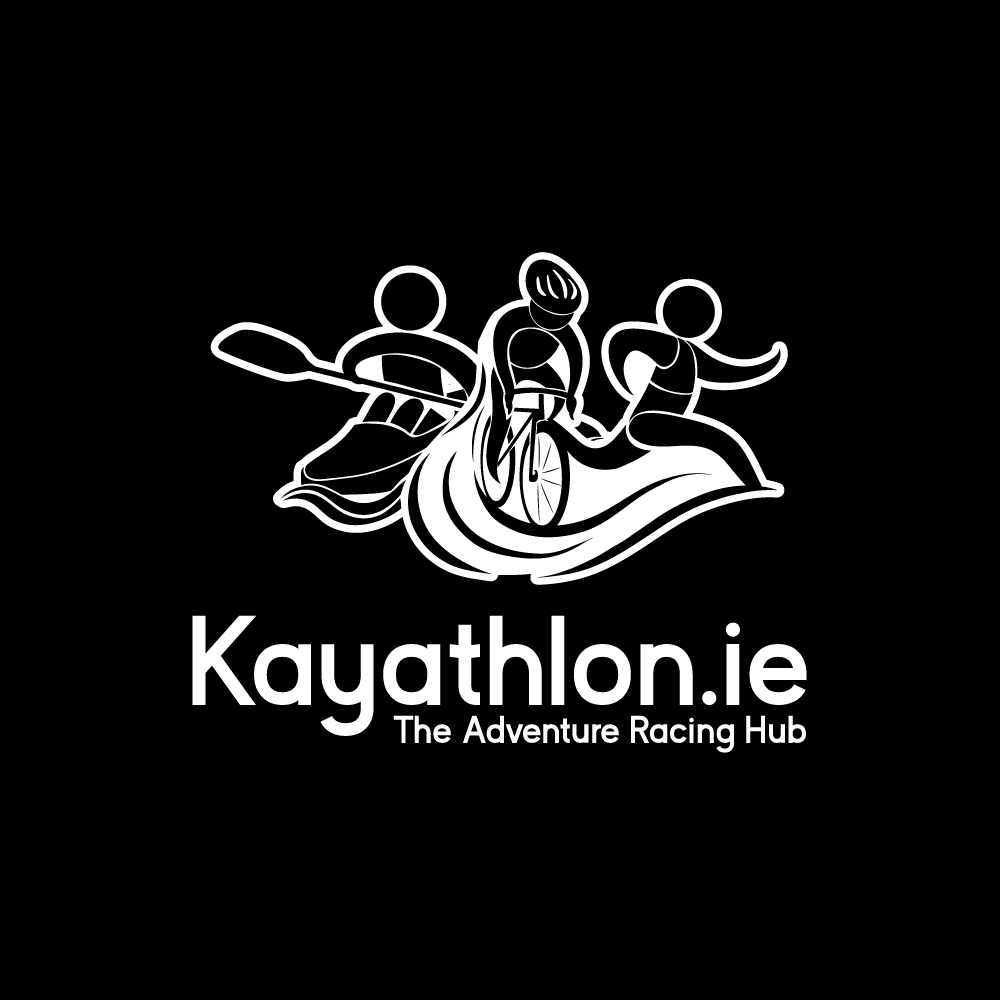

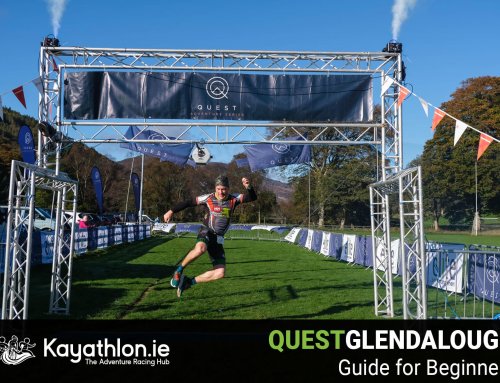
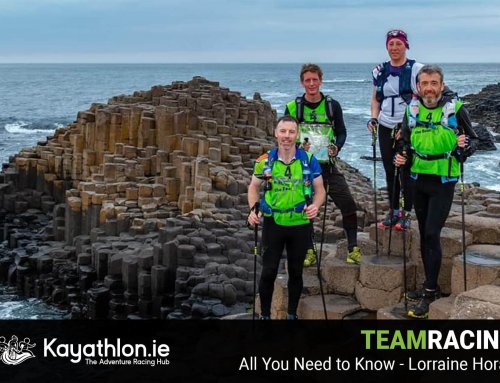
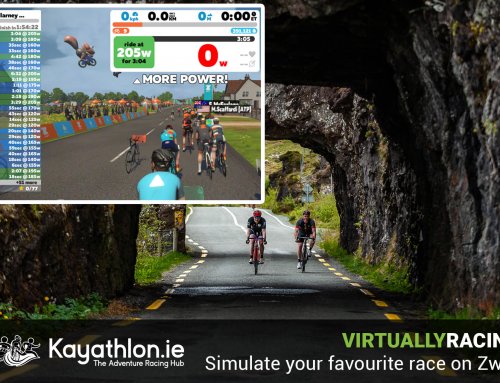
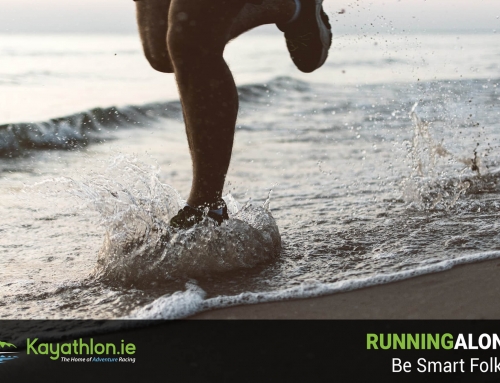
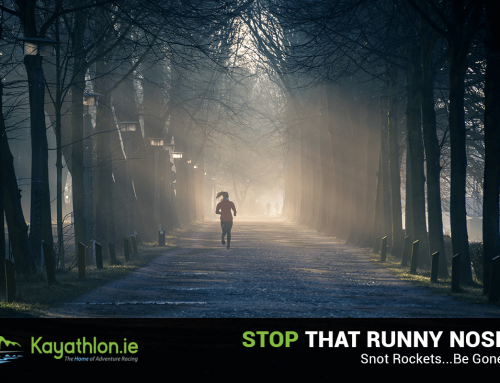
Leave A Comment